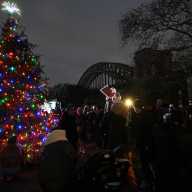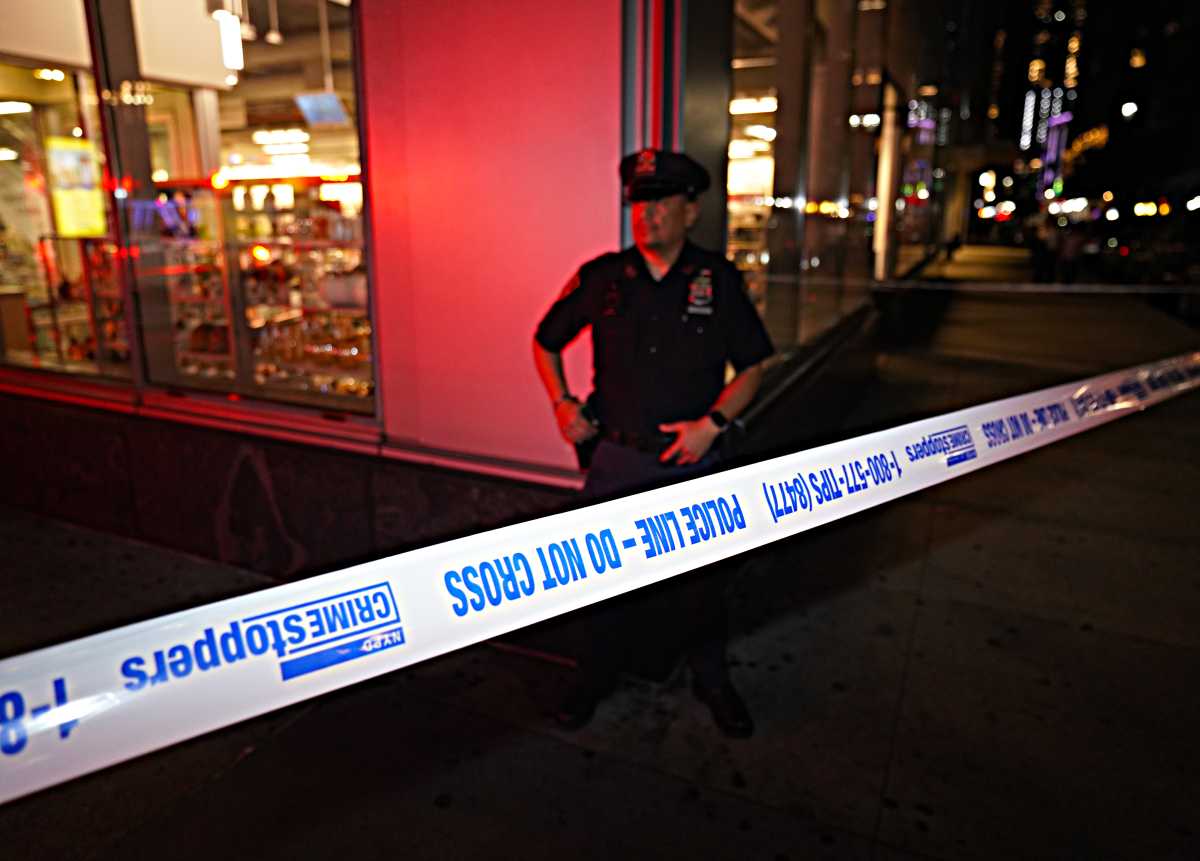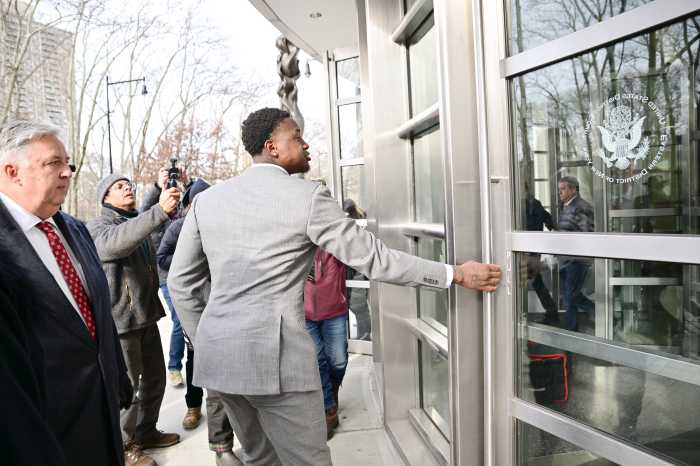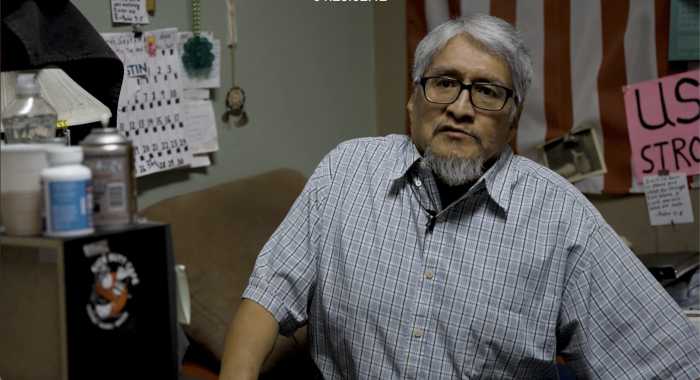By The Greater Astoria Historical Society
In conjunction with the Greater Astoria Historical Society, the TimesLedger Newspapers presents noteworthy events in the borough’s history:
On Sept. 1 Queens, not to mention the nation as a whole, was on the cusp of great change as 1941 drew to a close.
The borough was still not far removed from a quieter, agrarian past where farmland studded with stately homes provided food to a burgeoning Manhattan just across the East River. It was in September that Elmhurst bid farewell to the Combes mansion, which had stood near Elmhurst Avenue and Broadway since the 1850s. Built by Samuel Lord, the founder of Lord & Taylor’s department stores, the home boasted “white marble fireplaces, huge windows reaching from the floor to the ceiling and broad, impressive staircases.” Before the house was demolished, police arrested two youths on the property on suspicion of vandalism. The suspects were taken to the Jamaica Children’s Shelter.
As America stepped ever closer to the widening global conflict that would become World War II, her children blissfully began another school year in spite of the drumbeat of worrisome news. In Queens, the school year started on Sept. 9 when 180,000 children marched through schoolhouse doors across the borough. Complaints abounded of conditions in schools described as “antiquated [and] crowded [where] part–time classes rob them of a great part of the education to which they are entitled.”
A glimpse at local newspapers of the day reveals a society in which youth had apparently gone wild. In Kew Gardens, a young couple was arrested for robbing a home on Pembroke Place while the owner, a railroad executive, was upstate on vacation. In East Elmhurst, three men were arrested for stealing $45 from the cash register in Morris Seligman’s candy store at 98–04 Astoria Blvd. September also saw holdups at a Sunnyside delicatessen and a Woodside bar on the same day. The barroom bandits slowly sipped beers and selected a number on the jukebox before making off with their loot—$55 and a bottle of gin.
As the holiday season approached, the people of Queens stocked the icebox with groceries from stores like Bohack’s, where oxtails sold for 15 cents a pound, coffee at 37 cents for 2 pounds and Long Island potatoes at 17 cents for 10 pounds. Bohack’s also accepted orange and blue food stamps and sold national defense stamps. Men and women stocked up on warm clothes for the fast-approaching autumn at Marcy’s on Junction Boulevard in Corona, where sweaters retailed for $1.98, felt hats for $1.25 and pure silk panty hose for 59 cents a pair. In 1941, one-family homes on 27th Street in Astoria were advertised for $4,590 with monthly payments of $38.
Even 75 years ago, many in Queens sought to defend the borough’s rapidly vanishing residential character. As small homes gave way to apartment blocks in neighborhoods like Forest Hills, residents picketed City Hall on Sept. 23 to have the area rezoned to prohibit apartment construction. Mayor Fiorello LaGuardia, who was in Washington, D.C. at the time, did not meet with the picketers, who the Long Island Star Journal noted were “well-dressed and orderly,” unlike the “Communist demonstrations when nobody goes on the picket line unless his hair is mussed.”
As the days of September grew shorter, residents of Queens dedicated a marker on the spot of a time capsule buried during the World’s Fair site in Flushing Meadows. Mayor LaGuardia and Parks Commissioner Robert Moses dedicated the granite shaft on Sept. 23. The capsule, containing remembrances of everyday 20th century life including a fountain pen, a Mickey Mouse cup and a slide rule, is to be opened in 5,000 years. Perhaps Queens in 6941 AD will look into the capsule as into a distant mirror.
For further information, contact the Greater Astoria Historical Society at 718-278-0700 or visit their website at www.astor


































